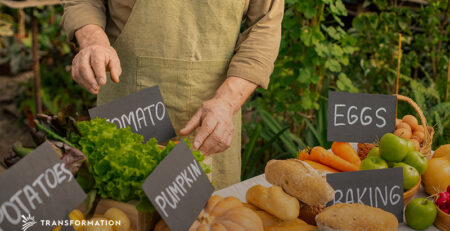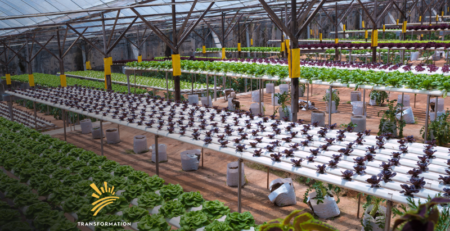Agroecology: Solution For A Sustainable Future
Our current food and agriculture system successfully produces enough food to feed the world. However, there are still 746 million people that go hungry every day and 1.25 billion more that experience food insecurity.
Furthermore, the food and agriculture system requires high inputs and resource depletion, resulting in water shortages, soil depletion, colossal deforestation, and formidable greenhouse gas emissions. While this extractive style of agriculture has increased food production in the short term, the environmental impacts will continue to threaten global food insecurity and increase social inequity.
What Is Agroecology?
Agroecology is an integrated approach to designing and managing food and agricultural systems. Agroecology concurrently applies ecological and social principles to optimize the connections between the natural environment, animals, plants, and humans to create a fair and sustainable food system. Instead of tweaking unsustainable agricultural practices, agroecology aims to identify and address root causes of food insecurity and environmental degradation.
Foundational Practices
Although the term agroecology describes an integrated and holistic approach to food and agriculture, there are several common characteristics and practices, including:
- Diversity: intercropping, genetic diversity, mixed grazing
- Synergies: select specific annual and perennial crops, livestock and aquatic animals, trees, plants, and soils based on qualities mutually beneficial to the system
- Efficiency: improved use of natural resources, such as solar energy and carbon dioxide
- Resilience: well-designed systems that are more resilient to climate shocks, pests, and disease and support socio-economic resilience
- Recycling: using manure as fertilizer, using crop residues and by-products for livestock feed to close nutrient cycles and reduce external inputs
- Knowledge-sharing: co-created through participatory processes to fit different environmental, social, cultural, economic, and political landscapes and better respond to local challenges
The global food and agriculture system does not promote the ingenious principles and practices of agroecology. About fifty percent of all calories consumed come from only three cereal crops. The genetic diversity and resilience of livestock, animals, trees, and food will continue to decrease unless agroecology is widely adopted.
The Human Aspect
Agriculture and food are at the root of human tradition and heritage. Therefore, food and cultural traditions maintain a crucial role in human behavior and society. However, our globalized food system is largely detached from culture and place. This fundamental shift has led to a world where obesity and hunger coexist, even though there is enough food to satiate the population.
Agroecology addresses environmental solutions in its approach and interactions between humans, social values, and food cultures crucial to creating a sustainable food future. The adaptive nature of agroecology empowers communities and individuals to prevail over hunger and poverty, all while promoting human rights, such as the right to food and land stewardship.
Business Case for Agroecology
By sourcing local resources and providing food to regional and local markets, agroecology has the power to strengthen local economies. Agroecology practices are profitable because these food production techniques reduce the cost of external inputs and, as a result, create more financial independence and autonomy for small-scale food producers. Implementing agroecological practices and diversifying production shield food producers from market-related risks, including price volatility or the loss of crops due to extreme weather. There are many ways that agroecology supports economic growth:
- Promotes fair distribution networks and creates a transparent web of relationships between producers and consumers
- Provides livelihoods for communities and creates robust local markets
- Increases resilience by multiplying sources of production and income
- Harnesses the strength of local markets by allowing producers to sell food at fair prices and respond to local market demand
- Reduces dependence on aid and invigorates community autonomy by supporting sustainable livelihoods
As small-scale producers increase their yield using holistic agroecology practices, they increase their income and local community food security. By decreasing the distance between producer and consumer, agroecology reduces storage, refrigeration, transport costs, and food waste. Furthermore, agroecology supports positive externalities such as ecological health, resilience, sustainable food future and regeneration.
Conclusions
In many developing nations, food and agriculture are one of the most crucial sectors. As such, there are incredible opportunities for equitable economic growth in agroecology. By strengthening the bond between consumers and producers, agroecology supports small-producer sovereignty and puts money back into the hands of those who need it most. Furthermore, direct marketing decreases the environmental impact created by packaging, transport, and processing throughout the food system. Impact investors can encourage agroecology practices to create flourishing economies, a healthy environment.




Leave a Reply